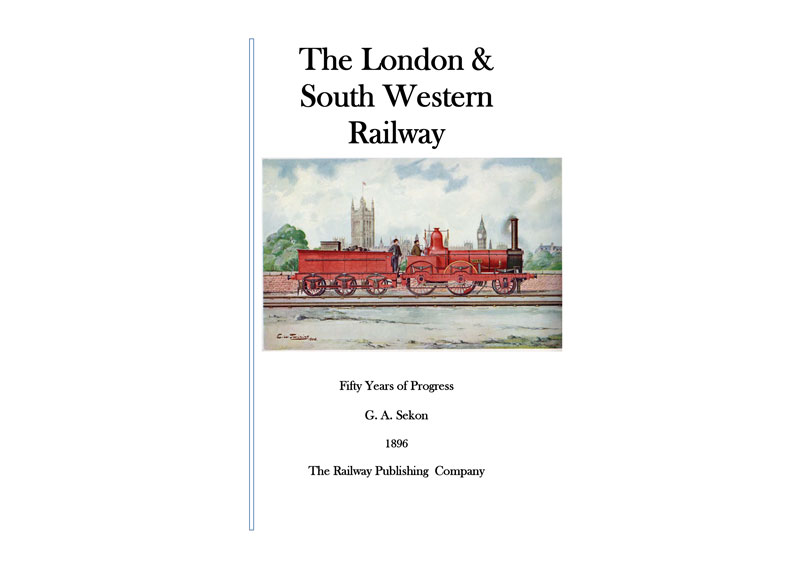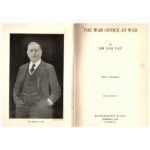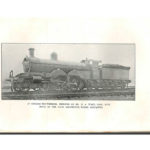Description
The London & South Western had the unusual distinction of having two histories published in the nineteenth century, just over a decade apart. The first, while not quite a work of hagiography was hardly a “warts and all” account. It was written and self published in 1883, by a 27 year old clerk at Kingston-upon Thames. To obtain a post in the head office of a railway in those days was not easy. It was not enough to be good at one’s job, one had to be noticed. A Royal Road, beautifully bound and printed, and a handsome engraved frontispiece portrait of General Manager, Archibald Scott, achieved that objective. The following year, the author Sam Fay, was promoted to a post in the Traffic Superintendents Office at Waterloo, setting his foot on a path that would lead eventually to the General Managership of the Great Central Railway, a knighthood , and, during the Great War, Director General of Movements and Railways, with a seat on the Army Council at the War Office.
The second history, the subject of this introduction, was published in 1896,,written by “G. A. Sekon”, the pen-name of George Augustus Nokes (1867-1948), who was a partner in a firm of Surveyors and Land Agents, and wrote extensively on railway matters for magazines, newspapers and technical journals on all aspects of railways. On becoming a full-time writer, he was appointed as the first editor of the Railway Magazine, but he was an argumentative and opinionated person (reflected in many of his writings) and left after an argument with the owners to start a magazine of his own. Among those he fell out with were the fantasist Clement Stretton, and the author of a similar work to one of his own – the “British Steam Locomotive 1825-1925” by E.L. Ahrons.
Both had a similar approach in some ways- a leisurely stroll through the early history of the locomotive, followed by a breathless gallop through the last ten or twenty years. Certainly Sekon’s book shows signs of haste, either with errors or uncorrected typos. Ahrons was in poor health, facing a deadline which no writer can ignore, and his book was completed for the press posthumously. One cause of dispute between them seems to have been the origins of the blast pipe.
Sekon’s LSWR book is the more candid of the two – pointing out that many of its lines were built as cheaply as possible, with a view to selling t hem to the LSWR to avoid competition. He is also full of praise for the man who succeeded Archibald Scott as General Manager, (Sir) Charles Scotter, pointing out the great improvements which had been carried out since he took over.




Reviews
There are no reviews yet.